I had my grandmother, who had pairs of peafowls in the large pen, and there I didn’t find them mean.
They were nice and produced gorgeous ornamental tail feathers, which I eagerly waited for in the summer.
If you are interested in peacock farming, don’t skim this post. I have shared what peacocks are good for on a farm and what you should be prepared for.
Peacocks as Natural Pest Control
Do you know peafowls eat snakes?
Peafowls are winter-hardy omnivores and excellent foragers. If allowed to roam in the garden, they will eat bugs, insects, plants, flowers, and seeds..
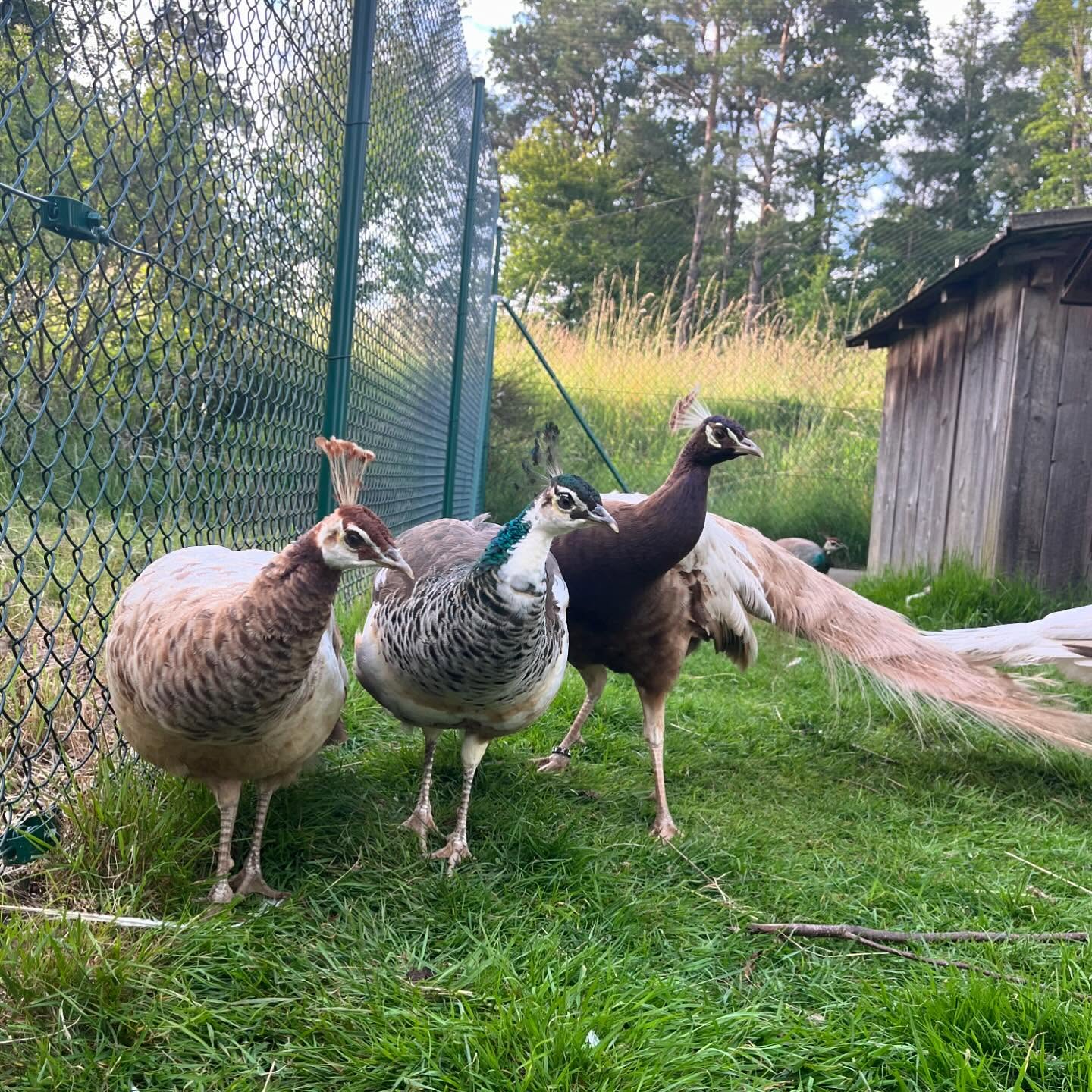
They enjoy pecking and swallowing small rodents, ticks, termites, spiders, locusts, and crop-damaging pests.
They also eat snakes and small mammals like mice, or at least discourage them from hanging around.
Peacocks as Early Warning Systems
Peafowls are smarter and more intelligent than chickens and other poultry. They graze on the far field at times, return to their shelter, and evade predators.
They are excellent vocalists, and their loud voice acts as great alarms. It sounds a bit like a rattlesnake.
If you have lots of predators around your farms or homestead, these game birds can keep predators (foxes, coyotes, hawks) and strangers away.
Even at night, they can sense the sneakers such as skunks, coyotes, cats, owls, eagles, and bears and warn.
Beauty and Farm Aesthetic Appeal
I know, you wish you could only keep peacocks for their dance.
Peafowls have a train of long, colorful feathers that males lift up and fan out while courting females.
There are three main varieties: India Blue, Green Peacocks from Myanmar and Burma, and Congo Peacocks from Africa. The India Blue type is the most common.
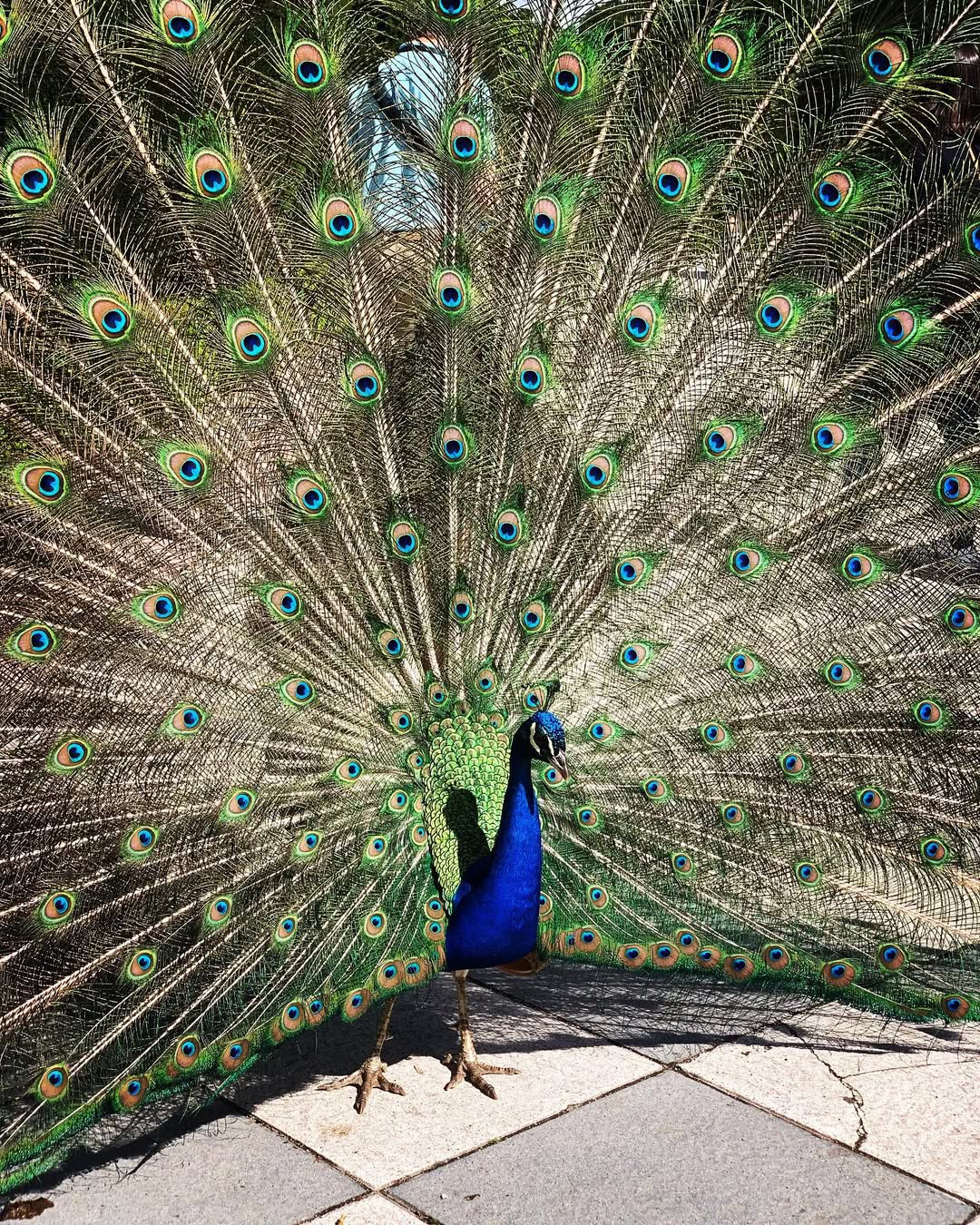
Technically, a peacock is only male, but people address all males and females the same “peacock.” A female is called a peahen.
Peacocks (males) have lovely eye-feather trains that can grow about five feet long. But peahens lack beautiful feathers, but still strut their little brown tails.
They lose their plumage in summer during annual molt and regrow it by late winter.
Peacock Feathers as a Farm Product
Just like you pick colorful chicken eggs on the farm, you cannot miss collecting peacock feathers in the summer.
After mating, tom loses his beautiful feathers during the molting period. I often visited my grandmother’s home and got a lot of train feathers there.
You can use them solid as gifts, or use them in a variety of crafts, décor, jewelry, hair adornment, clothing accessories, or fly-fishing lures.
Or, you can simply place the feathers in a large vase for display inside the home.

If you can raise peafowls and gather feathers, you can sell plumage at a farm store or online marketplaces for handsome profit.
Peacocks for Breeding and Selling Chicks
When peahens are 2 years old, they start laying white or off-white eggs, which are about 3 times as large as chicken eggs.
Begining in March, hens lay 3 to 2 dozen eggs. After laying a few eggs, they decide to brood or hatch out a clutch of peachicks or keep laying to the fullest yield for the season.
Their eggs taste similar to chicken eggs with a slightly gamier flavor and texture.
A flock of peafowl produces many peachicks to grow in the farm or sell for income. There is a popular demand for exotic birds among hobby farmers and breeders.
If you raise peafowls, a mature peacock can reach 8 – 13 lbs, while hens weigh 6- 8 lbs.
Their meat is quite delicious and has a taste similar to chicken, but is more aromatic and flavorful. It is incredibly lean and relatively low in cholesterol.
Peacocks as Companions
Peafowls make adorable, big pets at home and on the farm.
They are cold-tolerant and roost outside in the winter. Also, the birds make harmony with other poultry birds in the flock, but sometimes chase wild birds, cats, and other animals.
The joy they bring as intelligent, curious birds.
The peahens that are hand-raised and hand-fed by keepers from hatching will be out of your hands. They also jump up to grab food, come right up to you, peck at your pockets, and let you pick it up.
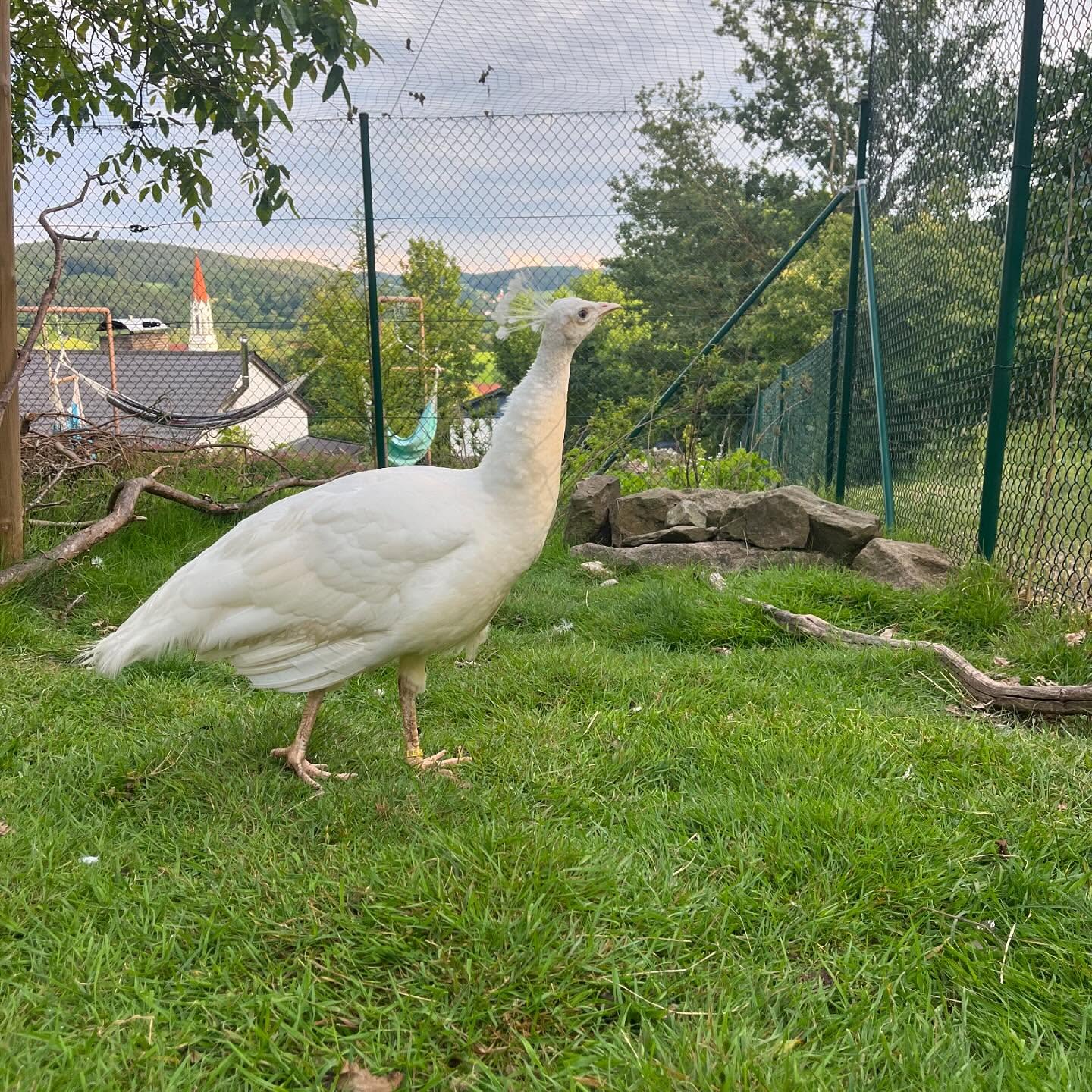
If you raise peafowls from fairly young, they will learn that the farm is their home and barely try to escape. If you get older birds, you need to keep them penned for quite a period of time. I would recommend 3 months or more.
This way, they live 12-15 years, but a few can live up to 50 years.
Challenges and Considerations Before Getting Peacocks
It’s appealing to raise peafowls at first glance, but those who have kept them know better pain. My grandmother complained about the tantrums and the tiresome task of caring for these birds.
- Remember, peafowls are excellent flyers. They can hop a 6-foot fence even with clipped wings. They have enough height to clear the double row fencing. So you need to cover your pens with complete netting work.
- They are larger than chickens and require a bigger space or pen. My grandmother has a pen that’s about 30 ft by 15 ft for 2 adult males and 4 hens.
- To confine toms, you need to keep females also in the pen or make sure your property has the best food around.. Otherwise, he will wander off the farm.
- Peafowls don’t care about your properties. They perch everywhere, above tools or your car roof or truck’s headache rack, and poop there, creating a resultant mess.
- The peafowls are loud enough that they can be heard from miles away. So, raising these birds in the neighbourhood is not possible.
- Though hens sit on eggs and hatch chicks every season, they don’t make good mothers. So, you need to take care of the young birds yourself, acclimating them to humans, and then you can sell them for profit.
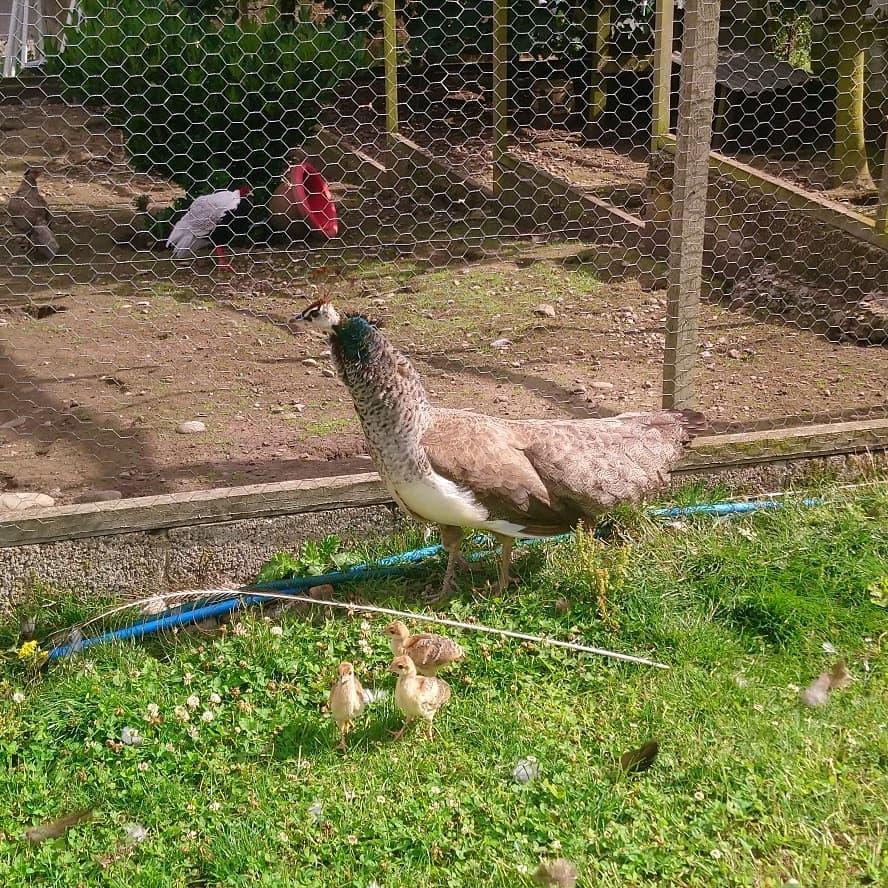
- When allowing birds to pasture in the garden, there is also a risk of destroying the crops. They can trample and pick everything from bulbs, berries, tender garden vegetables, to landscape plants.
- Though peafowls are great alert birds, they themselves attract predators when allowed in the pasture field. The hens sitting in the nest are more vulnerable.
Final Thoughts
Though many keepers want to raise peafowls, they are stuck between love and dislike for them.
It’s more appealing for multi-acre farms or homesteads and hobby farmers who can provide spacious pens and pastures and care for them.

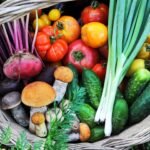

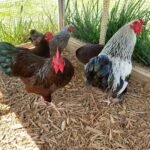
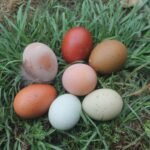
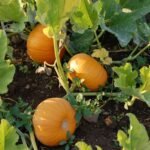
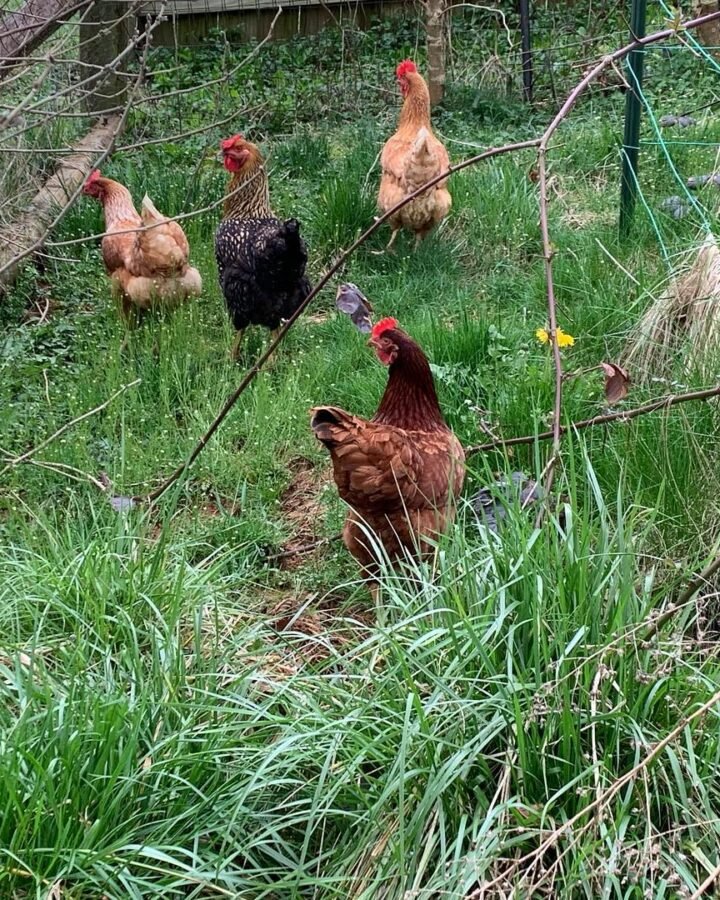
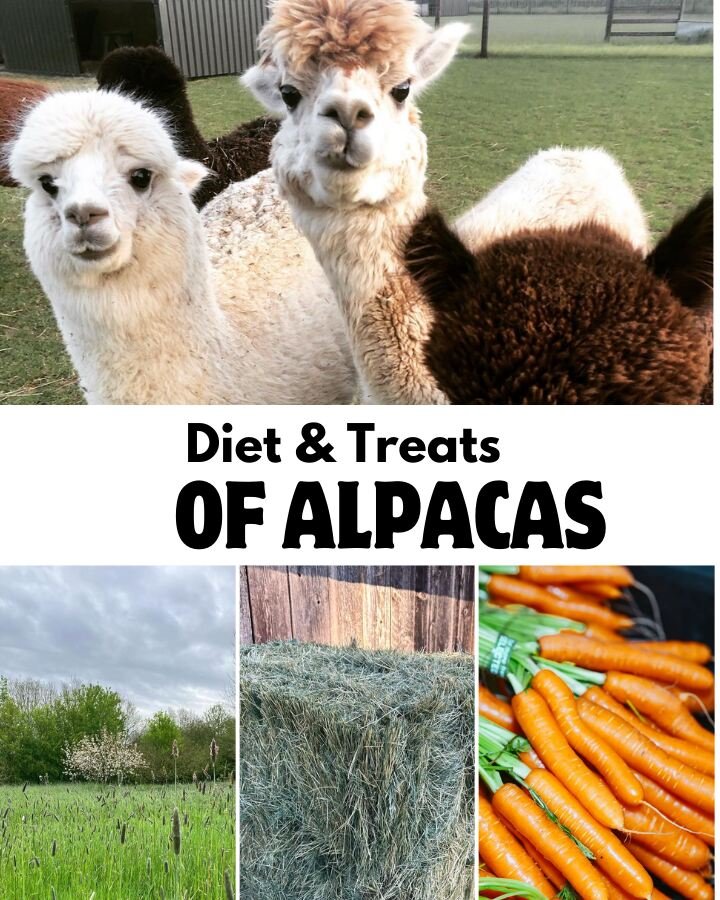
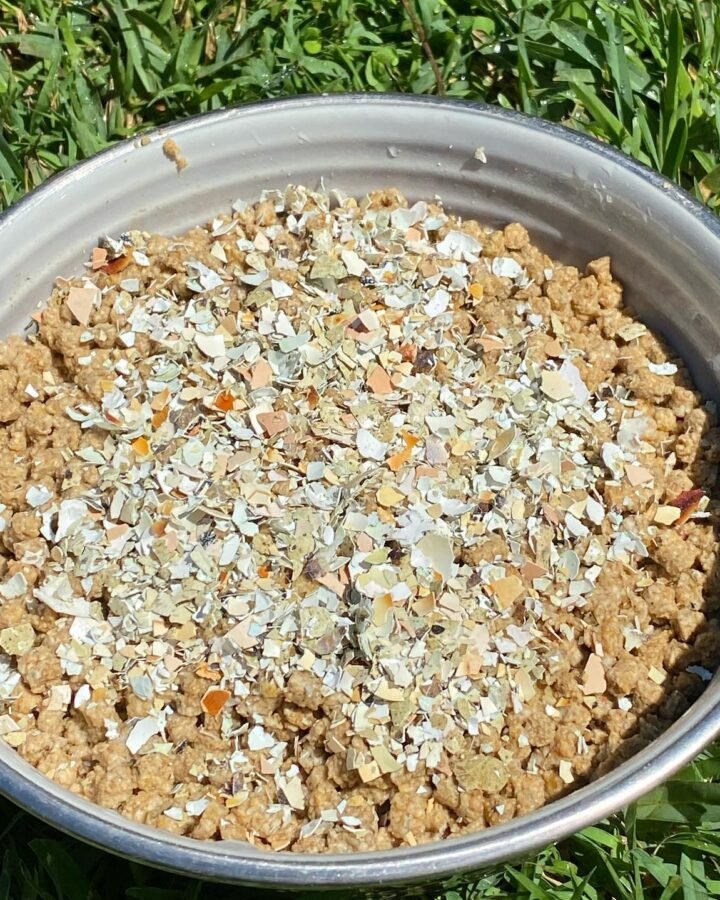

Leave a Reply